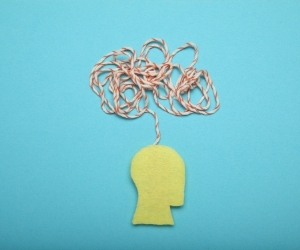S.S. is a patient who has numerous phobias. Because of this, imagined exposure technique was used during psychotherapy sessions. Previously, a hierarchy of dreaded situations was established and then a simulated deconditioning was performed in which the patient had to imagine certain images while doing relaxation exercises to reduce the anxiety that these produced to him.
Although the patient was safe at the clinic and even free to interrupt the exercise at any time, simply imagining the feared situations represented a torment of anxiety. The simplest and unrealistic images (being shaken by the plane’s turbulence and dizziness, for example) generated sweat and hyperventilation in S.S. who occasionally left the office to breathe and settle.
Throughout the sessions, the patient was asked to concentrate and think what exactly generated anxiety. For S.S. it was very difficult to answer the question and he only insisted that when he was in front of the phobic stimulus he could not concentrate because he felt terror so that the only thing he thought of was “to flee from the horror, his conscience, his life and his body”.
After five sessions applying imagined exposure, S.S. realised that when he tried to cope with the phobia, he was distracted by a sense of sadness and his mind was beginning to wander aimlessly. When asked what he felt, the patient replied “I feel some sadness”, and broke into tears. The therapist reassured him by saying, “We’ve found something”.
These explosions of sadness were repeated in the following sessions and S.S. began to feel relatively less anxious, and even happier. The therapist told him that “they had reached the core of the wound”. The patient asked why anxiety was stronger than sadness and “ambushed” him more often. The therapist concluded by reflecting: “As much as a wound may make you cry, it is less unpleasant than the terror you feel when you fly during turbulence”.


